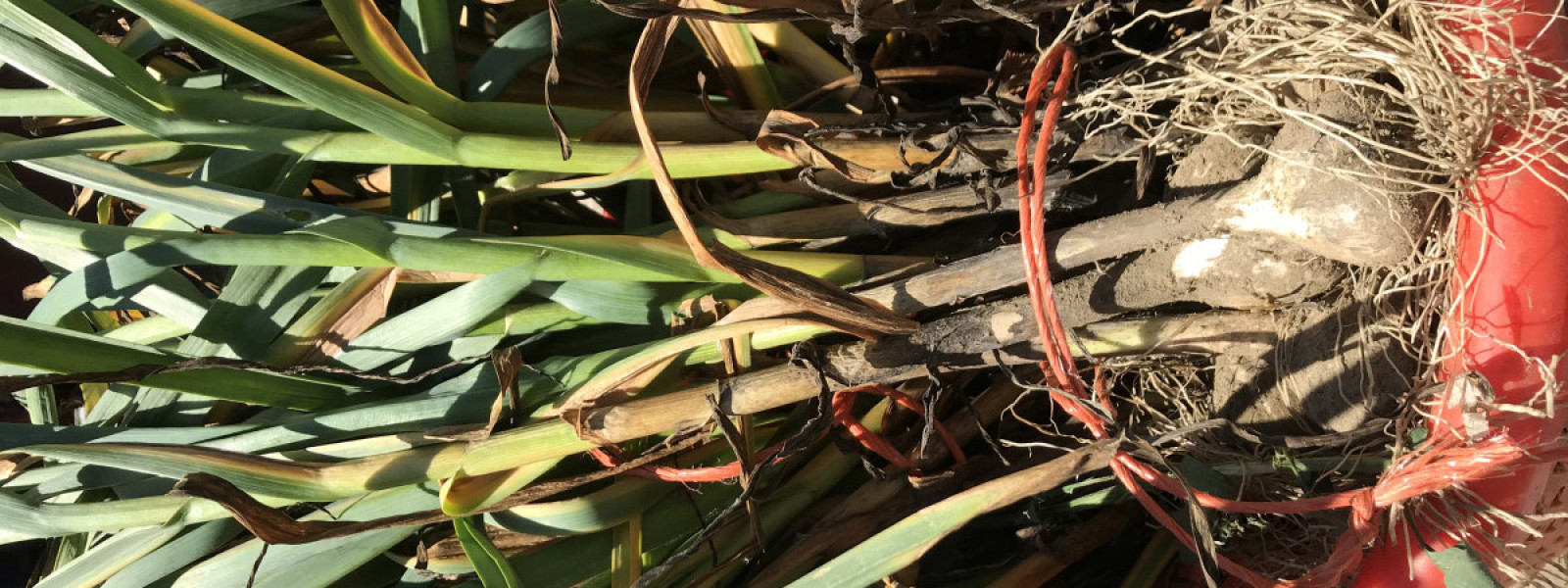Unlocking Success in Garlic Farming in Kenya: A Comprehensive Guide

Are you in need of in-depth knowledge on onion and garlic production? If yes, we are a call away. Our service chatter includes: Onion seedlings, Garlic seedlings, Farm planning services, Soil testing, Drip irrigation installation and maintenance, Agronomic support, Onion and Garlic value pack and Farm management. For free consultation, placing orders or booking a visit with an agronomist, please contact us via Call or what’s app +254703982228, Email: Info@oniondoctor.co.ke.
Embarking on garlic farming in Kenya is a straightforward yet rewarding endeavor that requires minimal effort. This guide provides insights into the key aspects of successful garlic cultivation, including suitable conditions, garlic varieties, and essential tips for planting and harvesting.
Growing Garlic: Conditions and Planting Tips:
Soil Requirements: Garlic thrives in well-drained soil, particularly soil rich in organic matter and slightly acidic with a pH range of 5.5 to 6.5. Choose a sunny spot that receives at least 8 hours of direct sunlight daily.
Planting Process:
Separate garlic bulbs into individual cloves.
Plant cloves 2-3 inches apart, barely covered with soil.
Water regularly to maintain moist but not soggy soil.
Mulch around plants with straw or grass clippings to retain moisture and suppress weeds.
Different Varieties of Garlic to Grow:
Elephant Garlic: Mild-flavored with large cloves, suitable for roasting or baking whole.
Russian Red Garlic: Unique variety with a spicier flavor, ideal for salads and dishes without overpowering taste.
Music Garlic: Mild flavor, suitable for pickling and canning recipes.
Italian Purple: Robust flavored variety, adds a punch of flavor to any dish.
Suitable Location and Climate Conditions for Garlic Farming:
Climate Requirements: Thrives in areas with both warm and cool climates. Ideal temperatures for garlic farming in Kenya are between 18-20 degrees Celsius. Optimal altitude is less than 1500 meters.
Soil Conditions: Well-draining, fertile soils with good organic matter content.
Rainfall and Planting Season: Plant during the dry season to ensure a period of dormancy before harvesting. Garlic needs plenty of water but not excessive rainfall.
Harvesting and Curing:
Harvesting Process: Choose a dry day for harvesting. Loosen the soil and carefully pull out the bulbs with the stalk attached.
Curing Process: Tie the top of the stalks in bundles and hang them bulb down in a dark, dry, and well-ventilated place for about three weeks. Ensure the whole stalk is brown, and the bulb has formed several layers of papery skin before cleaning and storing.
Onion Doctor supports small holder farmers across Africa with quality and affordable Onion and Garlic seedlings, Onion seedlings, Farm planning services, Soil testing, Drip irrigation installation and maintenance, Agronomic support, Onion and Garlic value pack, Farm management, E-extension and on-farm training for farmers to optimize on yields and get maximum profits.
